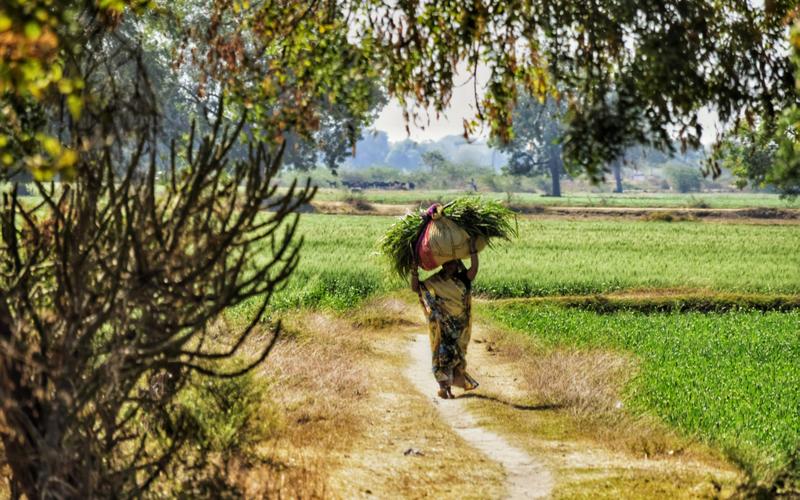What can we do to protect both forests and the livelihoods of forest communities in a changing world?

What can we do to protect both forests and the livelihoods of forest communities in a changing world?
Protecting livelihoods while simultaneously protecting forests can be a difficult task. However, recent research suggests that investing in innovating social programs is an effective way to improve livelihoods of forest-dependent communities, without putting pressure on the environment.
Nijnik, M., Secco, L., Miller, D., & Melnykovych, M. Can social innovation make a difference to forest-dependent communities? Forest Policy and Economics, Volume 100, March 2019, Pages 207-213.
No matter where we live on Earth, forests play a critical role in our survival, from the fresh air we breathe to the clean water we drink. This reliance is most clear to communities who depend directly on forest materials for food, shelter, and medicine. For many of these forest-dependent communities, a long history of unsustainable use is leading to a loss of forest resources. As the availability of resources declines, many traditionally forest-dwelling communities are looking for new ways to transform their forest resources into new products with broad market appeal. However, this is easier said than done.
A recent article published in Forest Policy and Economics applies an approach called ‘social innovation’ to sustainable forest use. Social innovation refers to the process of using new ideas to resolve existing social, economic and environmental challenges for the benefit of people. Such ideas include new products and services, new production process and new technology that can meet the needs of people more effectively. The article is a report of the ‘Social Innovation in Marginalized Rural Areas’ Project, a part of the European Union’s Research and Innovation Programme.
The researchers offer examples of successful social innovations, including community-owned renewable energy enterprises and the development of shared business for local traditional products. In Ukraine, for example, local farmers have created an association to promote local sheep cheese production. In addition, the farmers make additional income through an accompanying ecotourism program that promotes local culture and tradition. Similarly, studies from Asia further demonstrate that socially innovative engagement for forest-dependent communities have a higher rate of success.
The researchers explored gaps in the understanding and development of social innovation in forest communities. The results show that collaborative working groups and innovative actions can help the development of socially innovative strategies such as developing new markets for non-timber forest products, bamboo, for instance. Such working groups involve scientists, politicians, representatives of local, forest-dependent communities.
One of the most important aspects of successful social innovation in forest communities is to develop a clear and reciprocal policy. This means that program policies should combine top-down suggestions from organizations with feedback from the communities. The research shows that this type of policy process is a critical aspect in successful social innovation projects.
The researchers also highlight the need to develop and implement new and efficient financial approaches to support social innovation. Some examples they suggest include public-private partnerships and seeking new markets for non-wood forest products.
All in all, social innovation is a valuable and powerful tool for conserving forests while empowering historically marginalized forest-dependent communities. More than that, it can improve the quality of life for forest-dependent communities. However, neither communities nor governments alone can do this. Social innovation can only occur through collaborative efforts across the private and public sectors and most importantly, through citizen-centered solutions.




